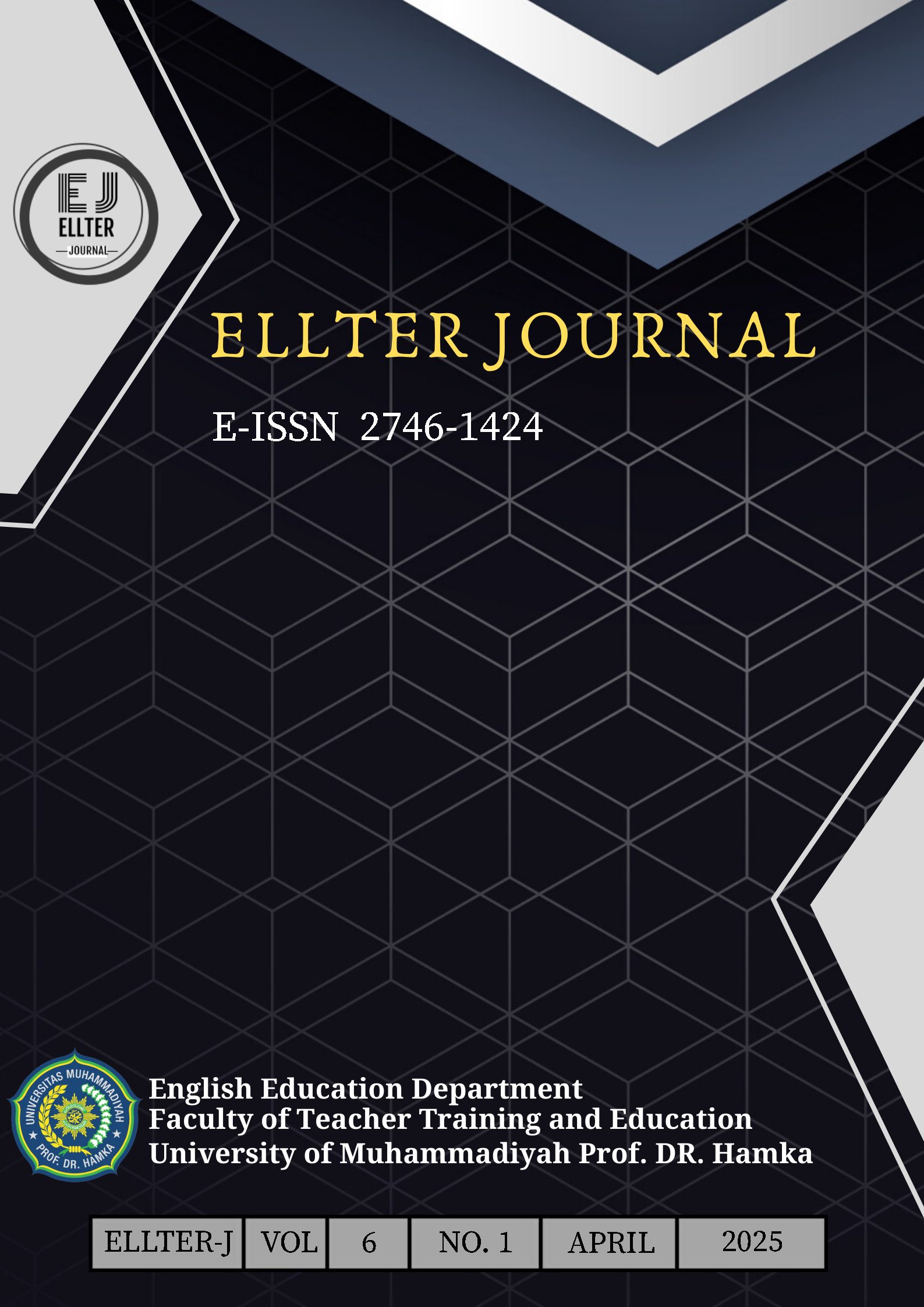Main Article Content
Abstract
One of the essential components of communication is using politeness strategies to maintain interpersonal relationships and make them effective and efficient. Thus, inserting elements of politeness into the dialogue within textbooks can facilitate students' understanding of the application of polite language so that they can use it later as a reference to practice in everyday communication. Therefore, this study aims to figure out politeness strategies in the dialogues of the "English for Nusantara" textbook for the seventh grade of junior high school. By employing a content analysis, the researchers found out that there are three out of four politeness strategies proposed by Brown and Levinson (1987). There are 8 data on bald on record, 65 data on positive politeness, and 6 data for negative politeness. Meanwhile, off-record was not found in the dialogues of the textbook. The researchers figured out that almost all dialogue is displayed as a comic so that students or readers can understand the context and appropriate expressions when communicating in English. Further, the dialogues are among people with close relationships, such as between peers, family, or teacher-students, which did not present various communication. Therefore, the researchers suggest that future book authors of English textbooks can add dialogues between strangers so that the dialogues do not seem monotonous and the exploration of English communication can be broader. The authors can also continue combining the politeness dialogues with socio-cultural elements appropriate to Indonesian culture.

